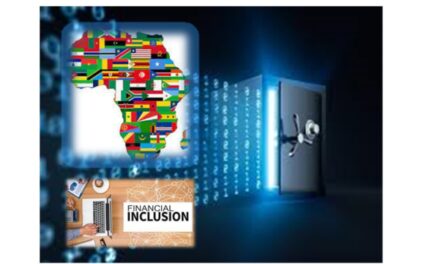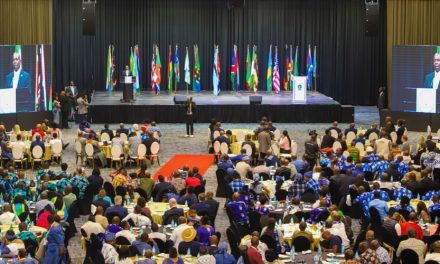Gap in Financial Inclusion in South Asian Economies and High-Income Economies:
Initial analysis showcased that, as of 2017, on average, the gap in account ownership between the South Asian economies and high-income countries is very wide. Maintaining 89 per cent account ownership since 2011, high-income countries in 2017 had a 41 percentage points greater account ownership than South Asian economies.
However, two other interesting observations also arise. The first is that account ownership in the South Asian economies has been steadily growing at approximately 3 percentage points every year whereas no growth has been observed in high-income countries. The second is that growth in account ownership has been disproportionate amongst the six individual South Asian economies. For instance, from 2014-2017, account ownership grew from 10 per cent to 15 per cent in Afghanistan whereas in India growth has been from 53 per cent to 80 per cent. To understand the reason behind such glaring variations the study examined six South Asian economies individually. Upon closer examination, it is evident that the account ownership itself varies throughout the South Asian economies across various socio-economic and demographic characteristics. The unique characteristics studied are disparities in gender, income, age demographics, level of education and labour force participation.
Background: Financial inclusion is the degree and ease of access to financial services by individuals and firms within an economy. Ease of access to financial resources can act as a major tool for promoting economic growth and development.
Realising this context, this article attempts to examine financial inclusion in the South Asian countries in comparison to the high-income economies, the Organisation for Economic Co-operation and Development (OECD) countries and the global average. This study uses the percentage of the population owning transactional accounts in an economy as a quantifiable indicator for the level of financial inclusion in that economy. The use of account ownership to be the primary indicator is justified in the intuitive sense that owning institutional accounts makes financial services more accessible. Therefore, a country with higher account ownerships has a greater degree of financial inclusion as the greater percentage of the country’s population has the ability to facilitate transactions and avail various other financial services with relative ease.
Data on account ownership have been collected from the Global Findex database. Since 2011 the Global Findex database, a World Bank initiative funded by the Bill and Melinda Gates Foundation (in collaboration with Gallup, Inc), has been collecting data on how adults manage their financial resources. The underlying objective of the article is to compare levels of financial inclusion between developing and developed nations during the timeframe of 2011-2017 using the percentage of account ownership as the quantifiable measure.
Source: The Financial Express news


























